A CO₂ sensor uses advanced NDIR technology to provide accurate and stable carbon dioxide measurements. With a broad detection range and quick response, it integrates seamlessly into HVAC, automation, and safety systems. Compact and durable, it features built‑in temperature compensation to maintain precision, making it a dependable choice for smart buildings, laboratories, and industrial environments where reliable air quality monitoring is essential
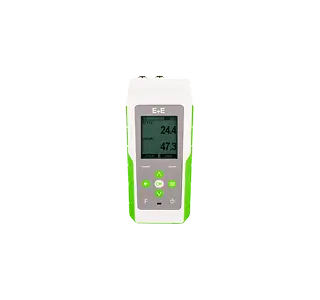
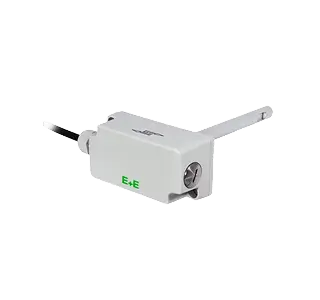
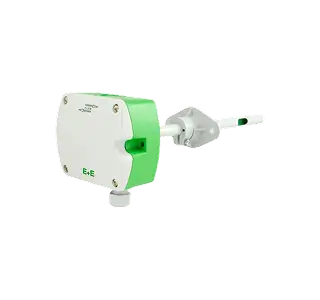
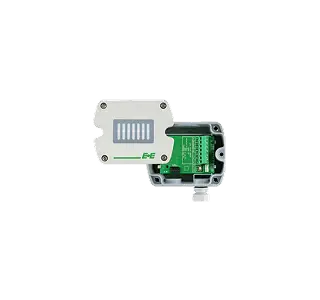
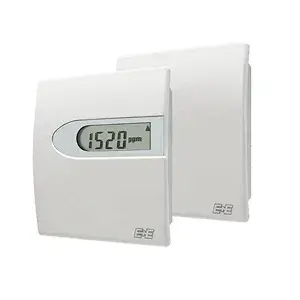
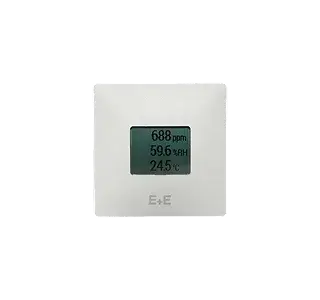
Quickly verify paint thickness for used car assessments, repairs, and quality checks.
Ensure coating specifications are met on structural steel, railings, and metal fixtures.
Perform fast pass/fail checks on production lines and incoming parts.
Confirm coating thickness during application to prevent costly over- or under-application.
Accurate CO₂ detection for smarter spaces
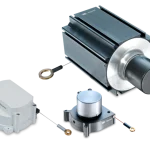
The CDS201 combines CO₂, temperature, and humidity sensing in one compact unit. With NDIR accuracy, stable performance, and versatile outputs, it’s ideal for demand‑controlled ventilation and smart building automation
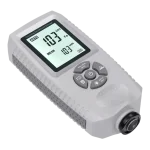
EE800 delivers precise CO₂, humidity, and temperature measurement with NDIR dual‑wavelength technology. Designed for HVAC and indoor climate control, it ensures reliable long‑term stability, energy efficiency, and seamless system integration

Built for harsh environments, EE820 measures CO₂ with exceptional stability. Featuring IP54 protection, wide ranges up to 10,000 ppm, and rugged design, it’s perfect for agriculture, greenhouses, and demanding industrial applications

EE850 is a duct‑mount CO₂ and temperature sensor with optional humidity measurement. Its robust NDIR design, pollution resistance, and flexible outputs make it ideal for HVAC, ventilation, and process control

The EE8915 is a railway‑grade CO₂ sensor engineered for extreme conditions. With NDIR accuracy, IP65 housing, and vibration resistance, it ensures dependable monitoring in trains, tunnels, and transportation infrastructure

Omniport 40 is a versatile handheld meter supporting probes for CO₂, humidity, temperature, and more. With rugged IP67 housing, data logging, and intuitive operation, it’s perfect for field monitoring
NDIR Technology: Uses non-dispersive infrared sensing for accurate and stable CO₂ detection
Wide Measurement Range: Typically 0–5000 ppm, with extended options available
High Accuracy: ±(50 ppm + 3% of reading), ideal for ventilation control
Dual Output Options: Supports analog (0–10 V, 4–20 mA) and digital (Modbus, BACnet) interfaces
Temperature Compensation: Maintains precision across varying ambient conditions
Long-Term Stability: Minimal drift ensures reliable performance over time
Measurement Range: 0–5000 ppm (parts per million)
Accuracy: ±(50 ppm + 3% of reading)
Sensor Type: Non-dispersive infrared (NDIR) technology
Output Options: Analog (0–10 V, 4–20 mA) and Digital (Modbus RTU, BACnet)
Operating Temperature: –10°C to +60°C
Response Time: < 60 seconds (typical)
For Rough Surfaces, For High Precision, For Non-Metals and For Tight Spaces

A CO₂ sensor monitors carbon dioxide levels for safe and healthy air

Monitors moisture and heat for balanced indoor climate

Detects condensation risk for reliable system protection

Collects data from multiple sensors for easy monitoring

Detects water in oil to protect equipment

Measures airspeed to ensure proper flow and system efficiency










It measures CO2 exhaled by people, which indicates room occupancy and ventilation needs.
To maintain good Indoor Air Quality (IAQ), as high CO2 levels impact occupant health, comfort, and productivity.
They enable Demand-Controlled Ventilation (DCV), which saves energy by only providing fresh air to occupied spaces.
Install it on a wall at breathing height (approx. 1.5m / 5ft), away from windows, doors, and air vents.
Indoor levels should be kept below 1,000 parts per million (ppm) for good air quality.
NDIR (Non-Dispersive Infrared) is the industry-standard technology, known for its long-term accuracy and stability.